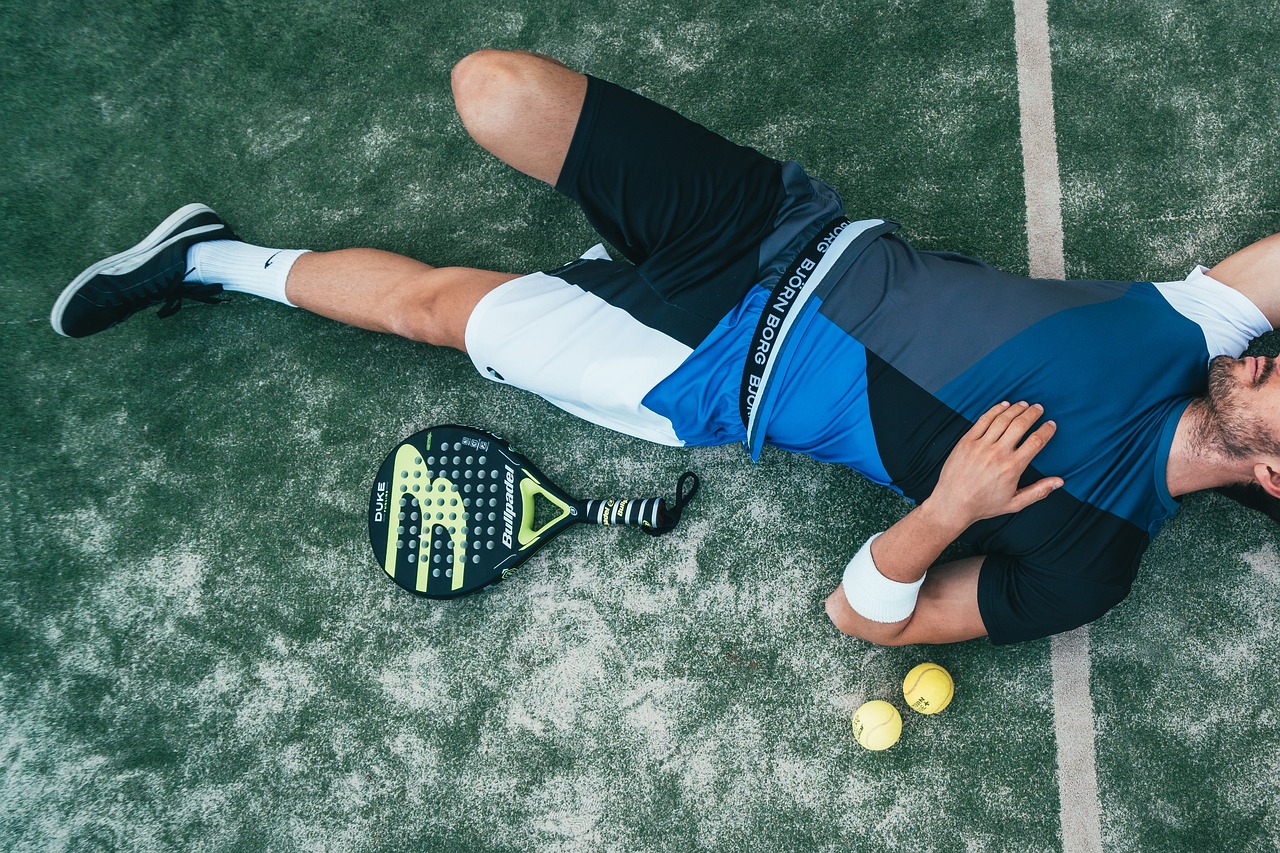Injuries can be a major setback for anyone dedicated to maintaining a healthy and fit physique. Physical limitations, coupled with psychological strain, often make it challenging to stay on track with fitness goals. However, with the right approach, it’s possible to maintain your physique, even while nursing an injury. This article offers seven compassionate and practical tips for maintaining your physique, helping you on your fitness journey.

To begin the process of recovery, and get the most out of your transition into perfect health, we recommend keeping an open mind and letting go of past preconceptions. There is nothing that frustrates more than clinging tight to expectations while reality refuses to play along. To that end, we begin the list of tips for maintaining your physique when you are injured with a simple yet profound change in mindset:
1. Embrace the healing process
First, acknowledge the importance of healing. Injuries require time and rest to heal, so pushing your body too soon can lead to further damage. Listen to your body and your healthcare provider. If they advise rest, take it seriously. During this period, focus on what you can control – like your diet and light activities that don’t exacerbate your injury.
2. Adapt your exercise routine
Consult a physical therapist or a certified trainer to personalize your exercise routine. Your therapist or trainer may introduce modifications to standard exercises, allowing you to maintain strength and flexibility while avoiding stress on the injured area. This tailored approach ensures that your exercise regimen complements your recovery process.
3. Maintain a balanced diet
Nutrition plays a crucial role in both your recovery and maintaining your physique. Without regular high-intensity workouts, your caloric needs may decrease. This is why you should adjust your diet, as to avoid weight gain during the recovery period. Incorporating plenty of proteins, vitamins, and minerals is vital for healing and muscle maintenance.
For personalized dietary guidance, it’s advisable to consult a professional. Ideally, look for individuals with a Masters in Sports Nutrition online or have gone to an institution to study for their degree. These experts can provide tailored advice based on the latest nutritional science, ensuring your diet effectively supports your recovery and fitness goals.
4. Explore low-impact exercises
Low-impact exercises such as swimming, cycling, or yoga can be excellent alternatives, depending on your injury. These activities keep your heart rate up and muscles engaged without putting excessive strain on your injured area.
Additionally, these exercises can improve cardiovascular health and flexibility, which are often neglected during injury recovery. Pilates, for instance, can strengthen your core and improve your posture, which is vital for preventing future injuries. Remember, the goal is to find activities you enjoy and align with your recovery process, ensuring a balanced approach to maintaining fitness.
5. Stay hydrated and prioritize sleep

Never underestimate the power of hydration and good sleep. Drinking plenty of water aids in the healing process and helps maintain muscle mass. Similarly, quality sleep is crucial for muscle repair and overall recovery. Ensure you’re getting enough rest each night. Proper hydration also plays a role in maintaining your energy levels and aiding in the digestion of the nutrients critical for repair.
Regarding sleep, establish a routine that promotes restful sleep, like reducing screen time before bed and creating a comfortable sleeping environment. This holistic approach aids not just physical recovery but also mental resilience.
6. Mental and emotional well-being
Staying positive is easier said than done, especially when you’re injured. However, maintaining a positive outlook is essential for mental and emotional well-being. Engage in activities that uplift your spirits, like reading, meditating, or even light socializing. To many of us, it is becoming increasingly obvious that mental health is just as important as our physical health, and we should dedicate some time on its maintenance.
Consider practices like mindfulness or gentle yoga, which can help manage stress and anxiety associated with injury. Connecting with others who have gone through similar experiences can also provide emotional support and practical advice. Recognize that it’s okay to have days where you feel down, but also know that every day is a step towards recovery.
7. Set realistic goals and celebrate small victories:
Finally, set achievable fitness goals that align with your recovery. Celebrating small victories, like being able to walk a little further or lift slightly heavier weights than the week before, can boost your morale. Keep a journal to track your progress and remind yourself how far you’ve come. This process of setting and achieving small goals helps in maintaining a sense of accomplishment and direction.
It’s also important to be flexible with your goals, understanding that recovery can be unpredictable. Share your goals and achievements with friends or a support group, as this can provide additional motivation and a sense of community during your recovery journey.
You’re all set for maintaining your physique
An injury doesn’t mean the end of your fitness journey. It’s a detour that requires patience, adaptation, and self-compassion. These tips on maintaining your physique while recovering from an injury provide a holistic framework for moving forward.
By embracing the healing process, adapting your exercise routines, focusing on nutrition, exploring low-impact exercises, staying hydrated, prioritizing your mental well-being, and setting realistic goals, you can maintain your physique and perhaps emerge even stronger. Remember, every step you take towards your recovery is a stride towards your fitness goals tomorrow. Stay motivated, stay patient, and, most importantly, stay committed to your health.